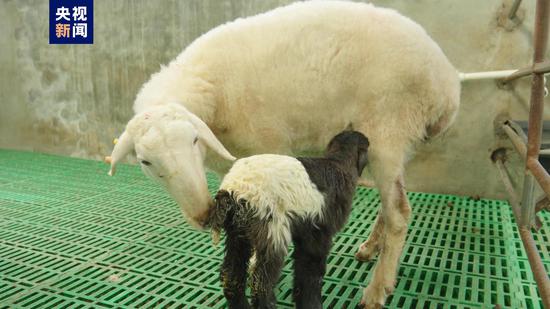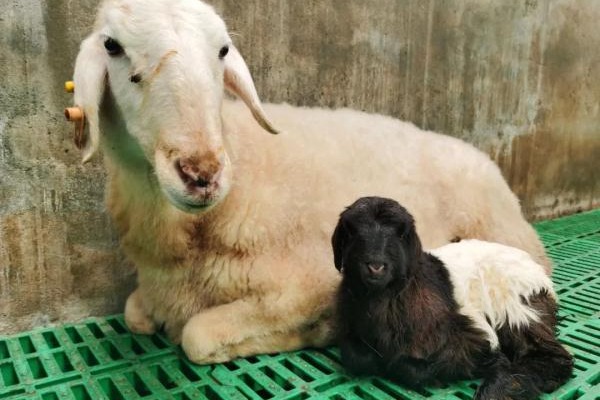Chinese scientists have achieved a groundbreaking feat by successfully cloning two live Tibetan goats from adult goat body cells, as reported by China Daily. This achievement signifies a significant stride in safeguarding the Tibetan goat breed and thwarting degeneration, a critical objective given the breed’s importance in the region.
Headed by a research team at Northwest A&F University in Qinghai Province, northwest China, the cloning initiative employed three rams and one ewe as cell donors for the clones.
The first cloned Tibetan goat, weighing 3.4 kilograms, is in robust physical health, offering promising indications for maintaining the breed’s adaptability to the plateau environment.
In a recent television interview, the chief scientist leading the cloning program underscored the role of cloning technology in enhancing the quality and efficiency of Tibetan goat breeding, which is essential for local herders who depend on the breed as a primary source of income.

Chinese Researchers Achieve Successful Cloning of Tibetan Goats (Credits: ECNS)
The Tibetan goat industry holds pivotal significance in the livelihoods of local herders, who often encounter challenges in breeding adequate livestock. Through cloning research, scientists aim to facilitate the proliferation of superior Tibetan goat varieties, ultimately augmenting the income of farmers and herdsmen in the region.
With ongoing endeavors to advance cloning technology and refine breeding practices, the future appears promising for preserving the Tibetan goat breed and fostering prosperity among local communities in Qinghai Province.
Indeed, your next purchase of Tibetan lamb might originate from a cloned goat!
Regarding the utilization of advanced cloning technology in preserving animal species, it represents a double-edged sword.
While it offers potential solutions for combating extinction and preserving genetic diversity, ethical concerns regarding the manipulation and exploitation of animals arise. Striking a balance between scientific advancement and ethical considerations remains imperative in navigating the complexities of genetic engineering and species conservation.























